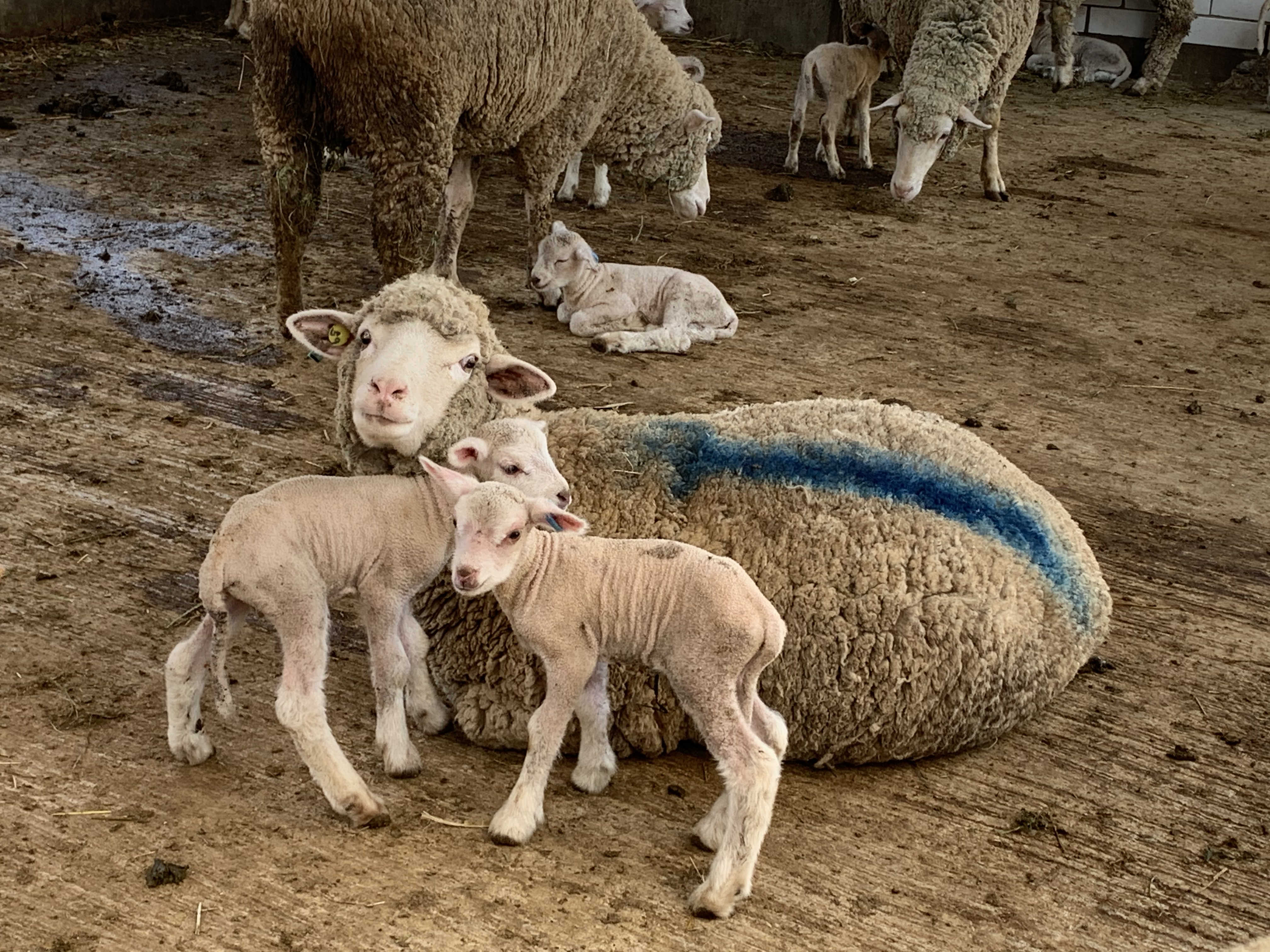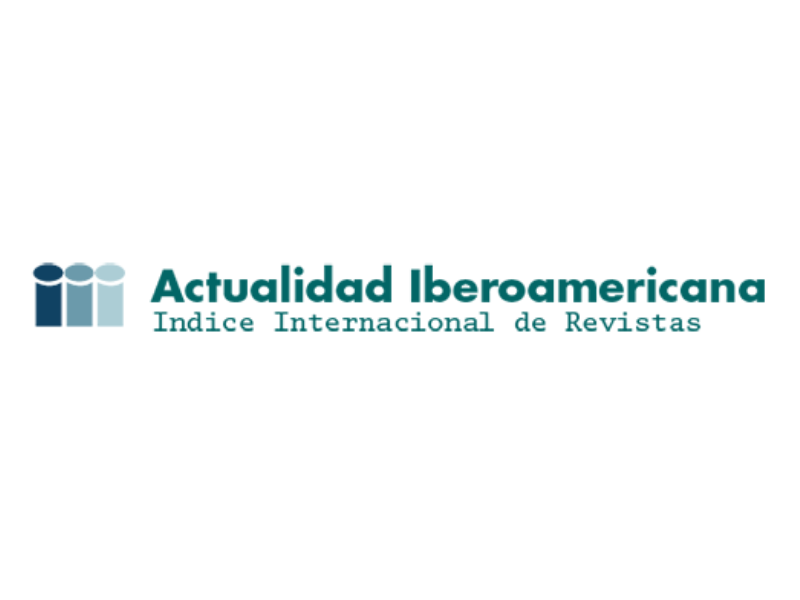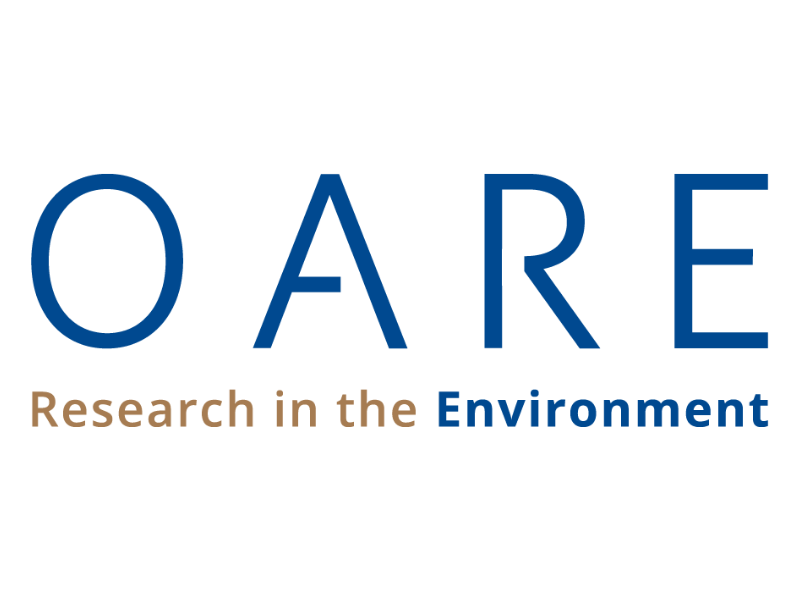Potencial alimenticio de ensilados híbridos de maíz Puma incluidos en la dieta de ovejas gestantes.
Feeding potential of Puma maize hybrid silages included in the diet of pregnant ewes.

Esta obra está bajo una licencia internacional Creative Commons Atribución-NoComercial-CompartirIgual 4.0.
Mostrar biografía de los autores
Objetivo. Se evaluó el potencial alimenticio de híbridos de maíz Puma como forraje ensilado en un 50% de la dieta de ovejas gestantes. Materiales y métodos. 61 ovejas gestantes fueron, asignadas a los grupos: Centli Puma (N = 21), Tsiri Puma (N = 20) y Tlaoli Puma (N = 20), y se les midió el peso, la condición corporal (CC), FAMACHA y perfil metabólico en la gestación, así como la producción y calidad de leche a los 15 y 30 días de lactancia. En los corderos se midió la temperatura al nacimiento y el peso. Resultados. El peso y CC de las ovejas durante la gestación y en la lactancia no fueron afectados por el grupo (p>0.05). Por su parte el consumo estimado de alimento fue mayor en las ovejas del grupo Centli (p<0.0001), mientras que los valores de FAMACHA fueron mejores en los grupos Centli y Tlaoli (p<0.05). Las proteínas, glucosa, colesterol y hidroxibutirato durante la gestación, así como la producción y composición de la leche durante la lactancia no fueron afectos por el grupo (p>0.05). El peso de los corderos y su temperatura no varió entre los tres grupos (p>0.05). Conclusiones. El uso de ensilados de híbridos de maíz Puma desarrollados para producción de grano, tiene buenas y similares respuestas en los parámetros productivos y metabólicos de ovejas, así como en los corderos.
Visitas del artículo 328 | Visitas PDF
Descargas
- FAO. Faostat: FAO Statistical Databases. Rome, Italy: Food & Agriculture Organization of the United Nations (FAO); 2000. https://www.fao.org/faostat/es/
- Keady TWJ, Hanrahan JP. Effects of grass and maize silage feed value, offering soybean meal with maize silage, and concentrate feed level in late pregnancy, on ewe and lamb performance. Animal. 2021; 15(1):100068. http://dx.doi.org/10.1016/j.animal.2020.100068
- Herring CM, Bazer FW, Johnson GA, Wu G. Impacts of maternal dietary protein intake on fetal survival, growth, and development. Exp Biol Med (Maywood). 2018; 243(6):525–533. http://dx.doi.org/10.1177/1535370218758275
- Renzaho NP, Kirunda H, Tugume G, Natuha S. Dry season feeding technologies: Assessing the nutritional and economic benefits of feeding hay and silage to dairy cattle in south-western Uganda. Open J Anim Sci. 2020; 10(3):627–648. http://dx.doi.org/10.4236/ojas.2020.103041
- Velasco-Macias S, Tadeo-Robledo M, Espinosa-Calderón A, Zaragoza-Esparza J, Canales-Islas E, Coutiño-Estrada B. Rendimiento de grano, forraje y calidad forrajera de nuevos híbridos de maíz de Valles Altos. Rev Mex De Cienc Agric. 2022; 13(1):77–87. http://dx.doi.org/10.29312/remexca.v13i1.2398
- Elizondo-Salazar JA, Boschini-Figueroa C. Producción de forraje con maíz criollo y maíz híbrido. Agron Mesoam. 2014; 13(1):13-17. http://dx.doi.org/10.15517/am.v13i1.13227
- Obeidat BS, Awawdeh MS, Kridli RT, Al-Tamimi HJ, Ballou MA, Obeidat MD, et al. Feeding corn silage improves nursing performance of Awassi ewes when used as a source of forage compared to wheat hay. Anim Feed Sci Technol. 2014; 192:24–28. http://dx.doi.org/10.1016/j.anifeedsci.2014.03.002
- Ruiz-Corral JA, Ramírez-Díaz JL, Flores-Mendoza FJ, Sánchez-González J de J. Cambio climático y efectos sobre las áreas potenciales para maíz en Jalisco, México. Rev Fitotec Mex. 2022; 23(2):183-193. http://dx.doi.org/10.35196/rfm.2000.2.183
- Martinez-Gutierrez A, Zamudio-González B, Tadeo-Robledo M, Espinosa-Calderón A, Cardoso-Galvão JC, Vázquez-Carrillo G, et al. Rendimiento de híbridos de maíz grano blanco en cinco localidades de Valles Altos de México. Rev Mex De Cienc Agric. 2018; 9(7):1447–1458. http://dx.doi.org/10.29312/remexca.v9i7.1357
- Tadeo-Robledo M, Espinosa-Calderón A, García-Zavala JJ, Lobato-Ortiz R, Gómez-Montiel NO, Sierra-Macías M, et al. Tsiri puma, híbrido de maíz para valles altos con esquema de androesterilidad para producción de semillas. Rev Fitotec Mex. 2016; 39(3):331–333. http://dx.doi.org/10.35196/rfm.2016.3.331-333
- Tadeo-Robledo M, Espinosa-Calderón A, Zaragoza-Esparza J, López-López C, Canales-Islas EI, Zamudio-González B, et al. Tlaoli puma, híbrido de maíz para grano y forraje con androesterilidad y restauración de la fertilidad masculina. Rev Fitotec Mex. 2021; 44(2):265-265. http://dx.doi.org/10.35196/rfm.2021.2.265
- Espinosa-Calderón A, Tadeo-Robledo M, Zamudio-González B, Virgen-Vargas J, Turrent-Fernández A, Rojas-Martínez I, et al. H-47 AE, híbrido de maíz para valles altos de méxico. Rev Fitotec Mex. 2018; 41(1):87–89. http://dx.doi.org/10.35196/rfm.2018.1.87-89
- Servicio Meteorológico Nacional. Gobierno de México. https://smn.conagua.gob.mx/es/
- Habeeb HMH, Anne Kutzler M. Estrus synchronization in the sheep and goat. Vet Clin North Am Food Anim Pract. 2021; 37(1):125–37. http://dx.doi.org/10.1016/j.cvfa.2020.10.007
- National Research Council (NRC). Nutrient requirements of small ruminants: sheep, goats, cervids, and new world camelids. (2007). Natl. Acad. Press, Washington, DC.
- Russel AJF, Doney JM, Gunn RG. Subjective assessment of body fat in live sheep. J Agric Sci. 1969; 72(3):451–454. http://dx.doi.org/10.1017/s0021859600024874
- Maia D, Rosalinski-Moraes F, van Wyk JA, Weber S, Sotomaior CS. Assessment of a hands-on method for FAMACHA© system training. Vet Parasitol. 2014; 200(1–2):165–171. http://dx.doi.org/10.1016/j.vetpar.2013.11.013
- Van Wyk JA, Bath GF. The FAMACHA system for managing haemonchosis in sheep and goats by clinically identifying individual animals for treatment. Vet Res. 2002; 33(5):509–529. http://dx.doi.org/10.1051/vetres:2002036
- - Idan F, Adogla-Bessa T, Sarkwa FO, Frimpong YO, Antwi C. Effects of supplementing rice straw with two fodder tree leaves and their combinations on voluntary feed intake, growth, and nitrogen utilization in sheep. Transl Anim Sci. 2023; 13;7(1). https://doi.org/10.1093/tas/txad004
- Cal-Pereyra L, Benech A, Da Silva S, Martín A, González-Montaña JR. Metabolismo energético en ovejas gestantes esquiladas y no esquiladas sometidas a dos planos nutricionales: Efecto sobre las reservas energéticas de sus corderos. Arch Med Vet. 2011; 43(3):277–285. http://dx.doi.org/10.4067/s0301-732x2011000300010
- Ramírez-Vera S, Terrazas A, Delgadillo JA, Serafín N, Flores JA, Elizundia JM, et al. Feeding corn during the last 12 days of gestation improved colostrum production and neonatal activity in goats grazing subtropical semi-arid rangeland. J Anim Sci. 2012; 90(7):2362–2370. http://dx.doi.org/10.2527/jas.2011-4306
- Ricordeau G, Boccard R, Denamur R. Mesure de la production laitière des brebis pendant la période d’allaitement. Anim Res. 1960; 9(2):97–120. http://dx.doi.org/10.1051/animres:19600201
- Keady TWJ, Hanrahan JP. Plane of nutrition during the rearing phase for replacement ewes of four genotypes: II - effects on performance during first pregnancy and to weaning, and of their progeny. Animal. 2018; 12(4):722–732. http://dx.doi.org/10.1017/s175173111700204x
- Gootwine E, Rosov A, Alon T, Stenhouse C, Halloran KM, Wu G, Bazer FW. Effect of supplementation of unprotected or protected arginine to prolific ewes on maternal amino acids profile, lamb survival at birth, and pre- and post-weaning lamb growth. J Anim Sci. 2020; 98(11):1-9. http://dx.doi.org/10.1093/jas/skaa284
- Gronqvist GV, Corner-Thomas RA, Kenyon PR, Stafford KJ, Morris ST, Hickson RE. The effect of nutrition and body condition of triplet-bearing ewes during late pregnancy on the behaviour of ewes and lambs. Asian-australas J Anim Sci. 2018; 31(12):1991–2000. http://dx.doi.org/10.5713/ajas.17.0890
- Kaplan RM, Burke JM, Terrill TH, Miller JE, Getz WR, Mobini S, et al. Validation of the FAMACHA eye color chart for detecting clinical anemia in sheep and goats on farms in the southern United States. Vet Parasitol. 2004; 123(1–2):105–1020. http://dx.doi.org/10.1016/j.vetpar.2004.06.005
- Hernandez H, Serafín N, Vazquez H, Delgadillo JA, Poindron P. Maternal selectivity suppression through peripheral anosmia affects neither overall nursing frequency and duration, nor lactation performance in ewes. Behav Processes. 2001; 53(3):203–209. http://dx.doi.org/10.1016/s0376-6357(01)00144-9
- Obeidat BS, Kridli RT, Mahmoud KZ, Obeidat MD, Haddad SG, Subih HS, Ata M, Al-Jamal AE, Abu Ghazal T, Al-Khazáleh JM. Replacing Soybean Meal with Sesame Meal in the Diets of Lactating Awassi Ewes Suckling Single Lambs: Nutrient Digestibility, Milk Production, and Lamb Growth. Animals (Basel). 2019; 11;9(4), 157: 1-9. http://dx.doi.org/10.3390/ani9040157
- Damián JP, Terrazas A, Cabrera E, Simonetti S, Aragunde R, Fila D. Growth of foetal bones and metabolic profile during gestation in primiparous ewes and multiparous ewes. Reprod Domest Anim. 2020; 55(9):1180–1189. http://dx.doi.org/10.1111/rda.13760
- Zárate-Frutos R, Pedrozo-Prieto R, Acosta-González R, Lara-Nuñez M, Báez-Escalante M, González-Castro A. Perfiles metabólicos en ovejas texel en los periodos de preservicio, último tercio de gestación e inicio de lactancia. Compend Cienc Vet. 2014; 4(2):39–46. Available from: <http://scielo.iics.una.py/scielo.php?script=sci_arttext&pid=S2226-17612014000200007&lng=en&nrm=iso>. ISSN 2226-1761.
- Keady TWJ, Hanrahan JP. Effects of silage from maize crops differing in maturity at harvest, grass silage feed value and concentrate feed level on performance of finishing lambs. Animal. 2013; 7(7):1088–1098. http://dx.doi.org/10.1017/S1751731113000104
- Sormunen-Cristian R, Jauhiainen L. Comparison of hay and silage for pregnant and lactating Finnish Landrace ewes. Small Rumin Res. 2001; 39(1):47–57. http://dx.doi.org/10.1016/s0921-4488(00)00167-x
- Dhaoui A, Chniter M, Lévy F, Nowak R, Hammadi M. Does lambing season affect mother-young relationships and lamb vigor in D'man sheep reared in oases? Animal. 2020; 14(11):2363-2371. http://dx.doi.org/10.1017/S1751731120001342
























